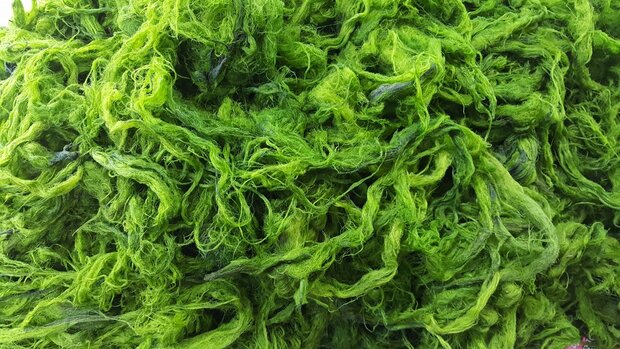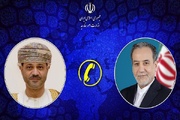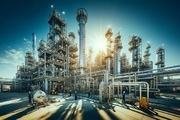According to available information, there are more than one million algae species in the world, of which at least 340 species have been identified in Iran. Therefore, our researchers active in fisheries sciences are facing a wide range of research in this area, which fortunately have reached acceptable results so far. The establishment of the working group on algae and aquatic plant studies and determination of the Iranian Fisheries Science Research Institute, as the Secretariat of this workgroup, is a sufficient reason to demonstrate the importance of this issue.
One of the products of algae is the production of bio-fertilizer, which can create enormous changes in agricultural lands and minimize environmental pollution from chemical fertilizers.
Agar production is another project that will have an extraordinary effect on the industrial cycle. At present, an average of about 6 million dollars is spent annually on imports of pigments and hundreds of tons of agar. Also, the import of Sodium Alginate, which is very essential in the pharmaceutical and textile industry, is expected to reach about 600 thousand tons annually. All of these products are now being extracted by the investigators of the Iranian Fisheries Science Research Institute, and there is not much time to mass production.
Another example, which may surprise the aquatic plant's effectiveness, is the production of edible oil from algae. The statistics indicate that 90 to 95 percent of the country's eatable oil need comes from abroad every year. For this reason, the level of dependency in this sector is very high. While it is possible, with correct and scientific planning, we can produce 10 to 20 percent of the country's need for eatable oil from these algae in production reactors without using agricultural lands.
Generally, if knowledge-based companies are in tested in investing in the field, especially macro-and micro-algae, in the long run, not only will the country become less dependent on imports of foreign products, but also foreign exchange revenues from exports of its products can rise to thousands of dollars.
FAO (Food and Agriculture Organization of the United Nations) statistics show that 20 million tons of macroalgae and aquatic plants are produced every year, with a multibillion-dollar turnover. While at least an average of 2,000 tons of algae per year is obtained through seas in our country. But there are countries like China, Taiwan, and Thailand, which arranged fields for breeding these plants, and they have done something similar to what is known as “production of fish in cages” in Iran for the cultivation of algae.
Now, the question arises as to whether Iran can step in this direction? Fortunately, the answer is yes. Because now there is a technical knowledge in our country that can deliver the farmer at least 20 tons of algae per hectare on the basis of the scientific principles provided by fisheries scientists. This happens without using a particle of soil or a drop of fresh water.
Since one of the priorities of the Ministry of Agriculture- Jahad and the Iranian Fisheries Science Research Institute is the development of algae and aquatic plant technologies, they have supported investors, researchers and knowledge-based companies in this field and will not hesitate for supporting production dependent on these plants.
The Institute's priority is to plan and create models for the production of algae for the purpose of value added as well as dietary supplements in livestock, poultry and aquaculture, which is now being supplied from abroad.
Reported by Mohammad Pourkazemi
MNA/TT


























Your Comment